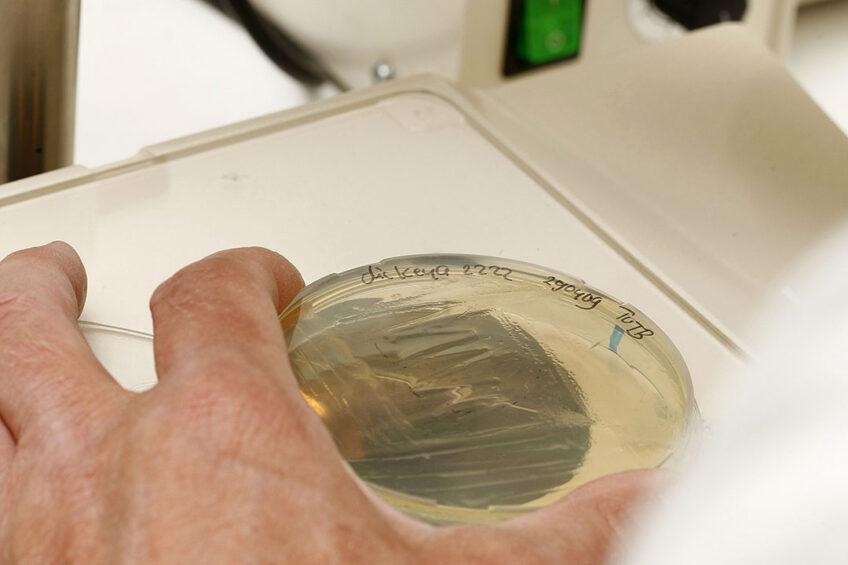Poultry continues to be a major source Campylobacters

Campylobacter cases in humans are linked to contaminated poultry, followed by other animals, such as sheep, pigs and cattle, according to a new study.
The Food Standards Agency report also highlights a worrying increase in antimicrobial resistance within Campylobacter strains between 1997 and 2018.
Around 300,000 human cases of Campylobacter are estimated to be acquired from food each year in the UK out of a total of 630,000 cases. Campylobacter lives in the intestinal tracts of a wide range of mammals, birds and even insects.
Key reservoirs of human Campylobacter
Researchers embarked on the project to determine the key reservoirs of human Campylobacter infections and help identify potentially effective risk management strategies. The project assessed patient samples from 2 locations – an urban site in North Tyneside and a rural one in Oxfordshire, alongside food sampled from retail outlets in York, Salisbury and London.
Resistance
With regards to antimicrobial resistance, the study revealed a rise in fluroquinolone and tetracycline resistance in C.jejuni isolates from human infections between 1997 and 2018. Fluroquinolones resistance was more frequent in C.jejuni isolates from chicken than from other animals, while tetracycline resistance was more frequent in poultry and pig isolates than ruminants. Resistance to macrolides and aminoglycosides remain low.
Research shows genes could offer resistance to Campylobacter
Variation in the response of chickens to Campylobacter helps identify key genes that may provide resistance to infection. Read more…
A better understanding
The majority of people who are infected with Campylobacter recover fully and quickly, but it can cause long-term and severe health problems in some, including young children and the elderly. FSA Head of science, evidence and research, Rick Mumford, said: “We will use these findings to better understand the causes of Campylobacter infection, and to inform further work on foodborne transmission. This will also help to identify further research areas to explore as we seek to reduce the overall burden of Campylobacter infection in the UK.”












